

Four of the world’s recent top 5 tennis players have suffered major injuries: Rafael Nadal and Roger Federer have had knee, ankle, and back injuries, Andy Murray had hip resurfacing, and Djokovic sustained a back injury. Similar injuries are sustained by athletes in many sports.
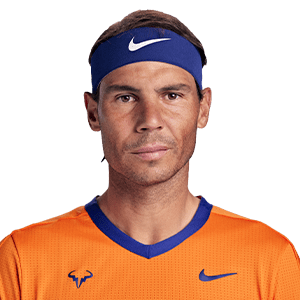
" More tournaments are changing to harder surfaces but the hard surface is more aggressive so there are more and more injuries. You can check on tour (statistics) that many players have injuries so there is something we are doing badly…In my opinion, it is important to be healthy not only during your career but also afterwards because you have life outside tennis and after your career. When I finish my career I would like to play a game of football with friends but playing so much on hard courts complicates that. "
Racquet sports, volleyball, basketball, and many other sports require players to
start-stop, jump, and change directions suddenly. These inconsistent, sudden,
and repetitive movements can be hard on the joints. This can result in serious
injuries to ankles, knees, hips and back.
The high cost of adequately cushioned playing surfaces has restricted
most recreational clubs and facilities from using these surfaces, resulting in
potentially serious injuries to players of all ages and abilities.
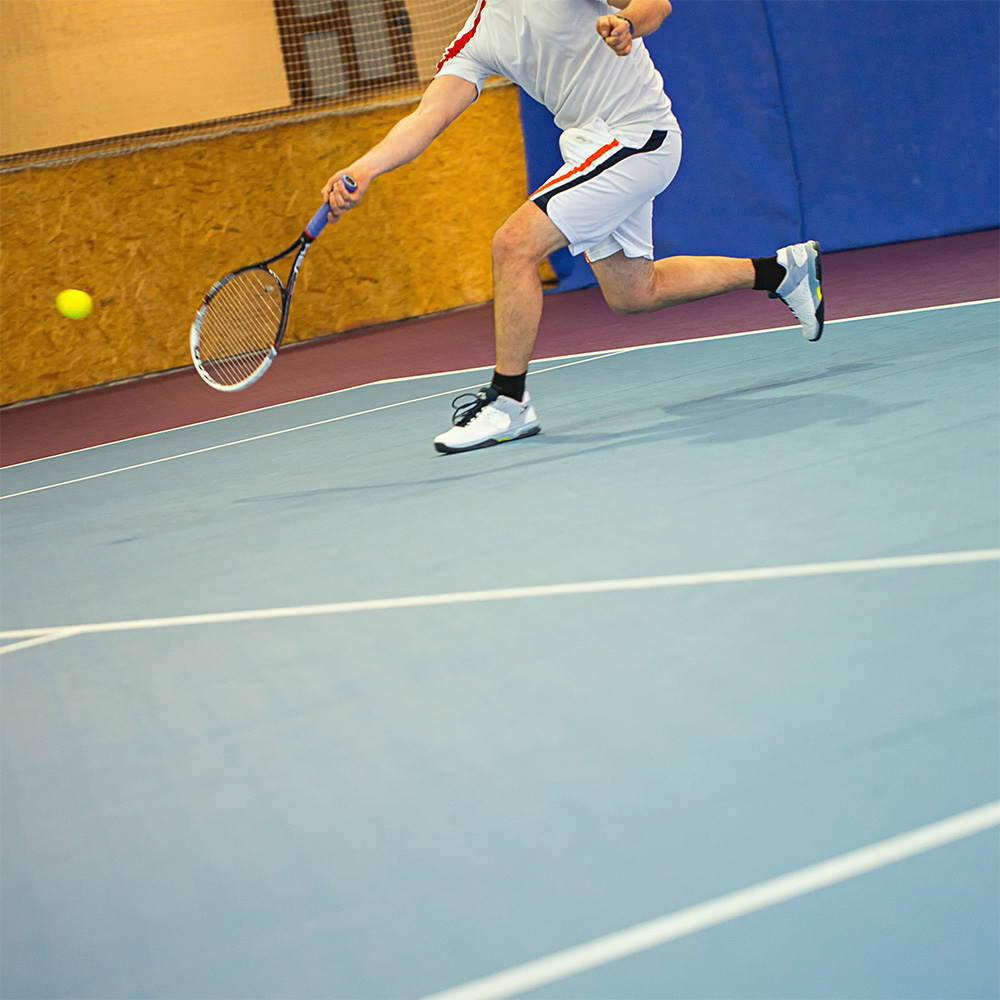
Advantages:
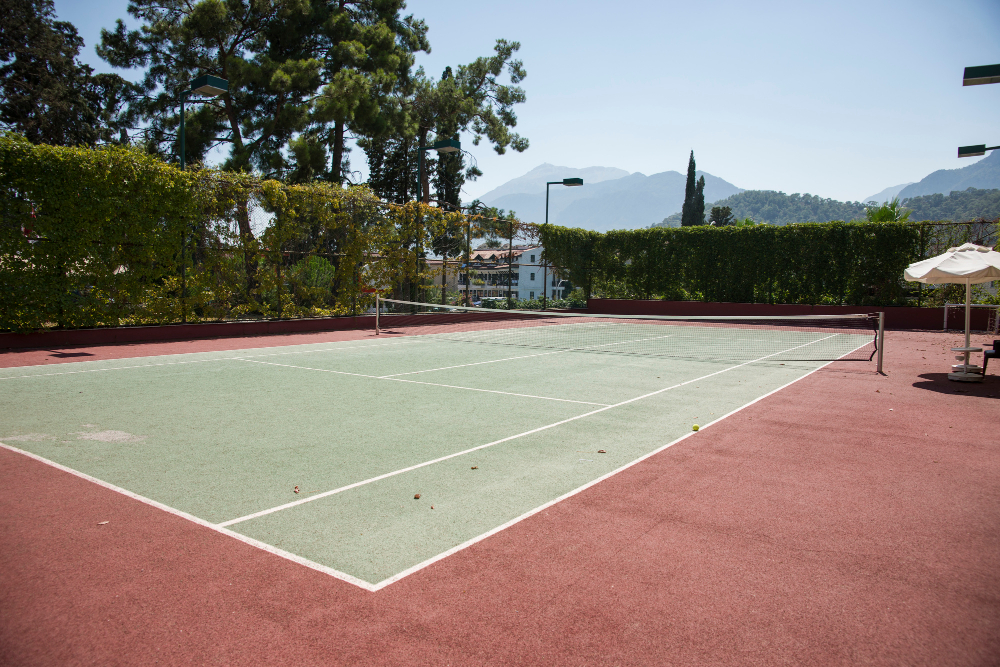
Advantages:
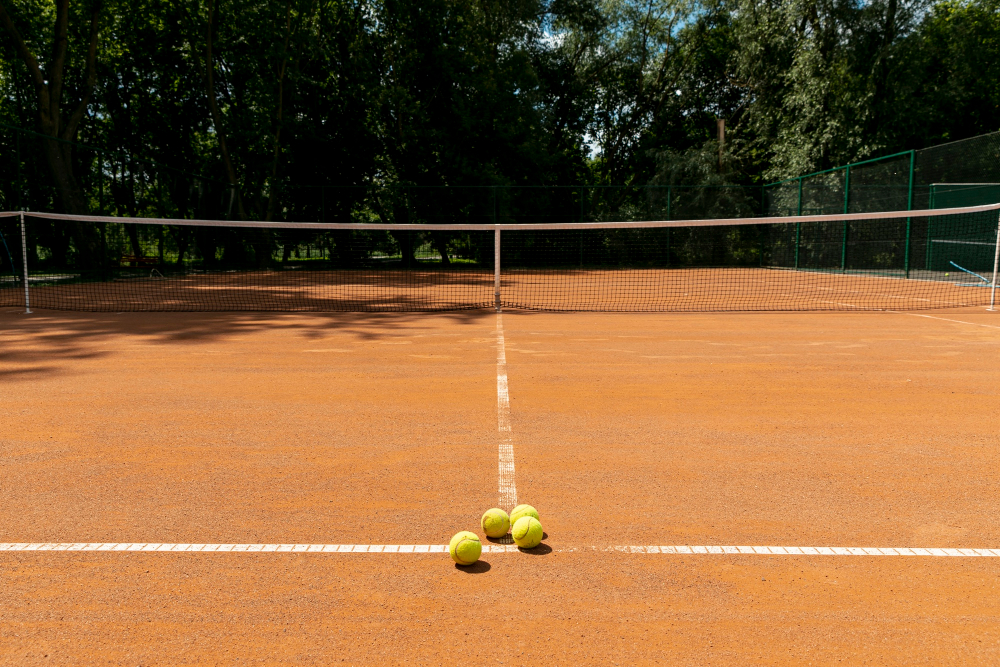
Advantages:
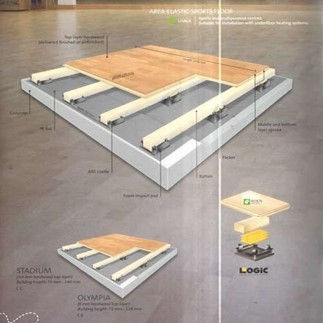
The Best Court You Will Ever Play On
